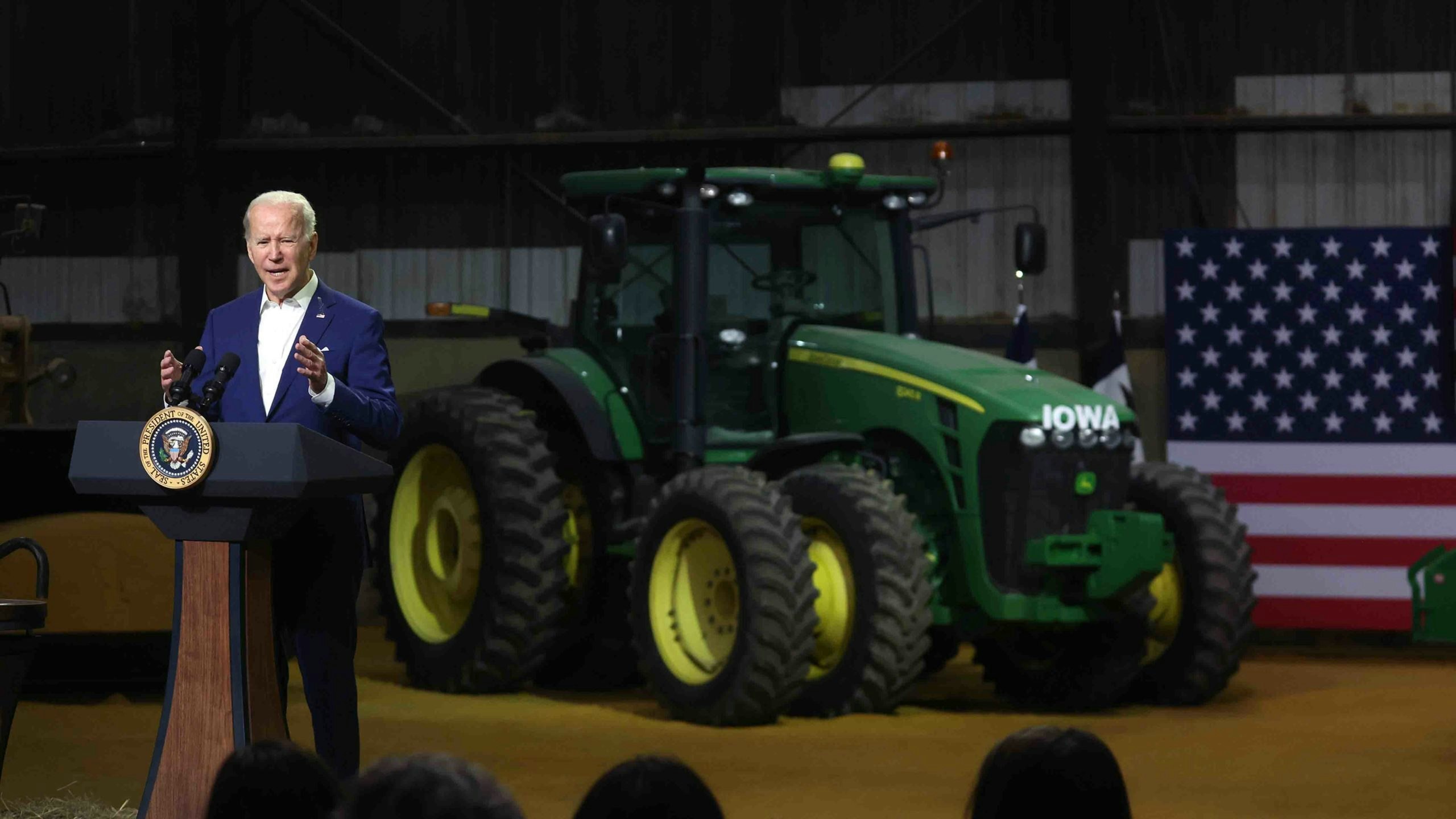A federal plan aimed at reducing gas prices by allowing the increased use of ethanol in some gasoline sold around the country should have little effect on Wyoming oil production, an industry expert said.
However, the added demand for corn that could result from the switch might bring higher prices for Wyoming’s corn producers, according to a spokesman for the Wyoming Department of Agriculture.
President Joe Biden on Tuesday announced plans to allow the use of gasoline containing 15% ethanol — called E15 — during the summer months. Sales of the fuel, which is about 10 cents per gallon cheaper than regular gasoline, had previously been banned in the summer because of concerns it generates more pollution than regular gas during those months.
But only about 2,300 stations in the United States sell E15, which means the extended period of sale will probably have little impact on Wyoming’s oil production, said Ryan McConnaughey, director of communications for the Petroleum Association of Wyoming.
However, the plan shows a certain level of hypocrisy on the part of the Biden administration, which has been discouraging domestic oil and gas production, because of believes E15 causes more pollution in summer months than regular gas, McConnaughey said.
“I think creating these changes, which really won’t have a huge impact on gas prices, is proof the administration cares more about its optics than it does about addressing prices at the pump, which could be done by spurring the production of oil and gas,” he said.
The change will probably also have little direct impact on the amount of corn sold in the state, said Derek Grant, a spokesman for the state Agriculture, because little of the corn raised in Wyoming is used for ethanol.
However, the increase in demand for corn could lead to higher prices paid Wyoming producers, he said.
“What it could possibly do is improve the market for corn and if the prices go up for corn, that will obviously be good for any corn producers,” he said.
Because most of Wyoming’s corn is grown for use as feed, that might also mean a boost in prices for the state’s livestock producers, he said.
“When the market goes up for one commodity, it unfortunately has an impact on others,” he said.
According to the U.S. Department of Agriculture, about 79,000 acres of land was planted into corn in Wyoming in 2021, generating about 10.4 million bushels.
Grant said most of the state’s corn is raised in its southeastern corner near Torrington and in northern Wyoming in the Big Horn Basin.





